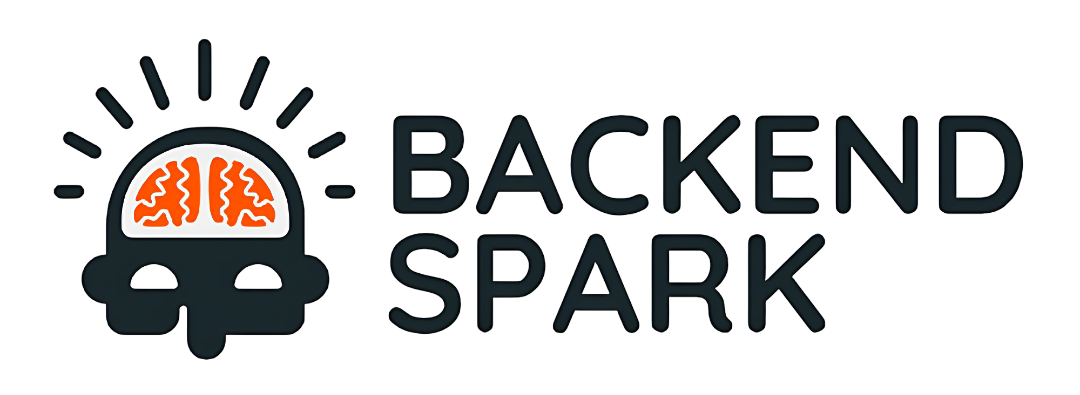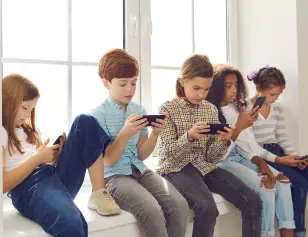Call us: +919818519160
Introduction: A Generation Raised on Screens
In an era where technology is omnipresent, children as young as eight are not only accessing social media platforms but are also often active participants in digital communities. This early exposure occurs at a stage when cognitive, emotional, and social faculties are still under development. The impact of social media on kids, particularly those aged 8 to 12, is increasingly raising red flags among child psychologists, educators, and parents. While social platforms offer some benefits—such as creative expression and peer connection—they also present profound psychological and developmental risks that are often underestimated.
Table of Contents
1. Psychological Vulnerability of Preteens in Digital Spaces
Children aged 8–12 are in a critical developmental window marked by emotional sensitivity, identity formation, and increased peer influence. According to Dr. Donna Wick, a clinical psychologist and founder of Mind-to-Mind Parenting, “Social media creates a platform for children to measure their worth by external validation, which can become addictive and damaging during these impressionable years.”
At this age, the prefrontal cortex—the brain region responsible for decision-making, impulse control, and emotional regulation—is still developing. This makes preteens more susceptible to instant gratification, peer pressure, and comparison-based anxiety, all of which are amplified on platforms like Instagram, TikTok, and YouTube. The curated and often unrealistic portrayals of others’ lives can lead to feelings of inadequacy, exclusion, and self-doubt, especially among children who lack the cognitive maturity to critically assess digital content.
2. Cyberbullying and Online Harassment: A Silent Epidemic
Cyberbullying has evolved into one of the most distressing aspects of the impact of social media on kids. Children between 8 and 12 are often new to digital etiquette, making them both vulnerable to and capable of engaging in online cruelty—sometimes without understanding the gravity of their actions.
A 2023 report from the Cyberbullying Research Center found that nearly 37% of children aged 10–12 reported being bullied online, while 15% admitted to bullying others. The anonymity and detachment provided by screens can lead to behavior that children might not display in face-to-face interactions.
Dr. Elizabeth Englander, a child psychology expert at Bridgewater State University, notes that “the lack of adult supervision and the rapid pace of online interaction often escalates conflicts into harassment before children even realize what’s happening.” For an 8-year-old, a rude comment might seem like a joke. For the recipient, it could be emotionally devastating.
3. Screen Time Addiction and Developmental Disruption
The conversation about screen time is no longer just about quantity—it’s about the quality and context of engagement. Excessive, unregulated social media use can lead to behavioral addiction, particularly in children who have not yet developed self-regulation skills.
A 2022 study published in JAMA Pediatrics revealed that children aged 8–12 who used social media for more than 2 hours daily had significantly lower scores on measures of attention span, sleep quality, and academic performance. The dopamine feedback loop—likes, comments, shares—mimics addictive behaviors and reinforces compulsive usage patterns.
Moreover, prolonged screen time can impair key developmental milestones. These include:
- Language development, due to reduced verbal interactions with family.
- Empathy and emotional intelligence, hindered by lack of real-life social cues.
- Physical health, affected by poor posture, reduced outdoor play, and disrupted sleep cycles.
4. Social Development in the Age of Filters and Followers
Traditionally, middle childhood is when kids learn critical social skills: conflict resolution, empathy, cooperation, and self-esteem through in-person peer interactions. However, these lessons are increasingly being substituted—or distorted—by social media experiences.
“Children are learning to communicate through memes and emojis rather than facial expressions and tone of voice,” says Dr. Jean Twenge, author of iGen and a professor of psychology at San Diego State University. “This can create a generation of socially underdeveloped individuals who struggle with real-world relationships.”
The constant performance aspect of social media also encourages impression management over authenticity. Children start curating their online persona, often chasing validation from digital followers instead of forming meaningful, offline friendships.
5. Comparative Analysis: Pre-Social Media vs. Digital Natives
Contrast today’s digital native children with those who grew up before social media, and the differences are stark. Preteens from earlier generations spent more time in imaginative play, face-to-face communication, and unstructured outdoor activities—all of which contribute to emotional resilience and social competence.
Now, free time is increasingly filled with passive scrolling and digital interactions. The dopamine-rich feedback loops of social media offer instant gratification, which undermines the development of patience, focus, and perseverance. The difference is not just in activities—it’s in neural wiring. Childhood in the digital age is fundamentally reshaping how the brain develops.
6. Expert Recommendations for Parents and Educators
Given the undeniable impact of social media on kids, targeted interventions are crucial. Here’s how adults can support healthier digital engagement for children aged 8–12:
a. Delay Access to Social Media
Many experts recommend delaying personal social media accounts until at least age 13. Until then, supervised use of age-appropriate platforms like YouTube Kids—with strong content filters—is a safer alternative.
b. Educate, Don’t Just Restrict
Children should understand why limits exist. Teach them about online empathy, misinformation, digital footprints, and the psychological effects of comparison culture.
c. Set Clear Boundaries
Implement tech-free zones (like the dinner table or bedrooms) and screen time limits. The American Academy of Pediatrics recommends no more than 1–2 hours of recreational screen time per day for this age group.
d. Use Parental Controls Intelligently
Tools like Bark, Qustodio, and Apple’s Screen Time allow for monitoring without being invasive. Transparency is key—children should know when they’re being monitored and why.
e. Encourage Offline Activities
Prioritize real-world hobbies, outdoor play, and social interactions. These help children build self-worth from experiences, not likes.
f. Foster Open Communication
Create a safe space for children to talk about their online experiences. If they face bullying or emotional distress, early intervention is crucial.
Conclusion: Protecting Childhood in the Digital Era
The impact of social media on kids aged 8–12 is a multifaceted issue demanding serious attention. While technology isn’t inherently harmful, its misuse during these vulnerable years can derail healthy psychological and social development. From cyberbullying to addiction, children are navigating a digital world without fully formed tools to do so safely.
By understanding their developmental needs and implementing age-appropriate strategies, parents and educators can reclaim childhood from the clutches of compulsive scrolling, filters, and online pressures. Protecting this generation starts not with banning technology—but with guiding its use through empathy, education, and intentional boundaries.
I hope you enjoy this post, and if you want to receive future updates, please follow Backend Spark on Facebook and Instagram.

